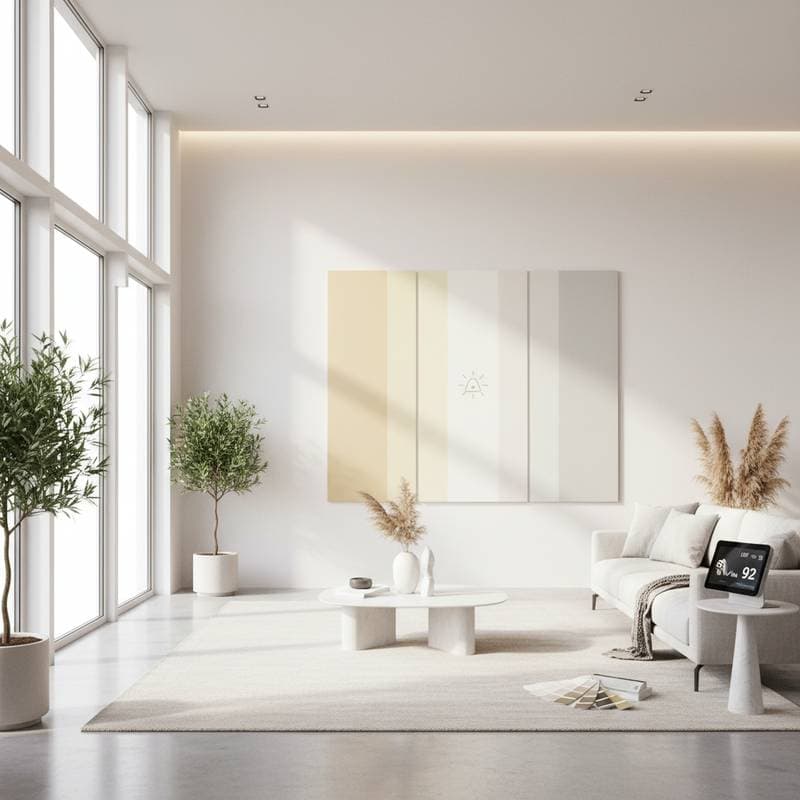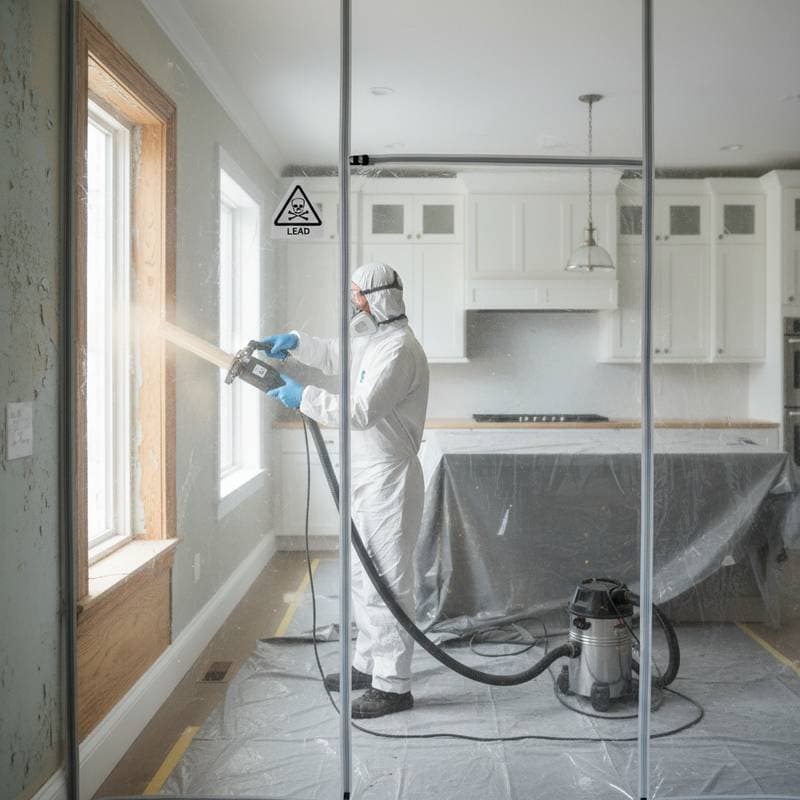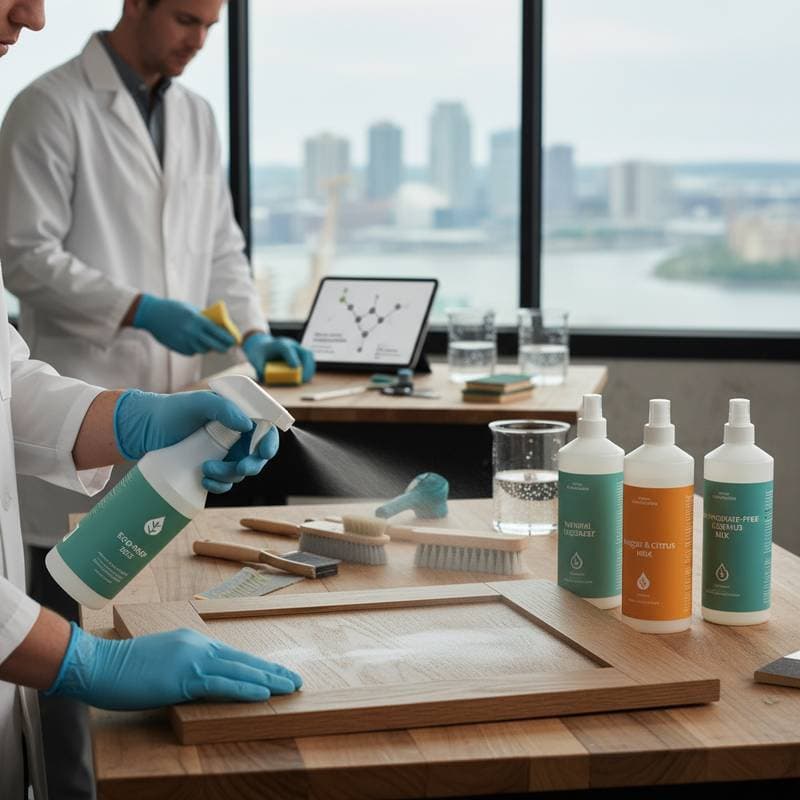Why Limewash Paint Searches Are Surging 300% in 2025
Limewash paint captures the imagination of homeowners, designers, and professionals alike in 2025. This ancient technique, rooted in centuries of craftsmanship, delivers textured walls that exude natural depth and serenity. The 300% increase in online searches signals a cultural pivot toward sustainable, authentic interiors that prioritize environmental harmony and tactile appeal over synthetic uniformity.
Homeowners seek materials that age gracefully and enhance well-being. Limewash meets this demand by offering breathable surfaces that regulate moisture and resist mold. Professionals value its versatility across interior and exterior applications, making it a staple in renovations that blend tradition with contemporary design.
The Unique Properties of Limewash Paint
Limewash derives from slaked lime,limestone and mixing it with water to form a natural slurry. Upon application to porous substrates like plaster or brick, it penetrates deeply and cures through carbonation, forming a durable calcite layer. This process creates a matte, velvety finish that diffuses light softly, reducing glare and fostering a calming ambiance.
Unlike conventional paints that form a film on the surface, limewash integrates chemically with the wall. It permits vapor transmission, preventing trapped moisture that can lead to structural damage in historic buildings or humid environments. The result is a living surface that evolves subtly over time, gaining patina without peeling or fading.
Each application yields organic variations in tone and texture due to the material's reactivity with air and minerals. Brush in crosshatch patterns to enhance depth, or mist lightly for a more ethereal effect. These imperfections elevate spaces, transforming sterile rooms into havens of artisanal character.
Reasons Homeowners Embrace Limewash Paint
Authenticity drives the appeal of limewash in an era of mindful consumption. Individuals reject mass-produced gloss in favor of finishes that echo natural elements, aligning with wellness-focused lifestyles. Limewash supports this by providing a low-impact alternative that enhances indoor air quality.
Key benefits include its composition free of volatile organic compounds, ensuring safer environments for families and pets. The textured surface adds dimensional interest, making small rooms feel expansive and large ones more intimate. Its neutral palette, from soft whites to earthy ochres, harmonizes with organic furnishings like linen upholstery and reclaimed wood.
Designers apply limewash to diverse elements, such as arched niches in Mediterranean-style homes or exposed beams in industrial lofts. For exteriors, it weathers elegantly on stucco or stone, requiring minimal maintenance. This adaptability positions limewash as a bridge between heritage preservation and innovative aesthetics.
Detailed Cost Breakdown for Limewash Projects
Budgeting for limewash involves assessing project scope and site specifics. Costs vary based on square footage, surface type, and finish complexity. Expect to invest in quality materials and skilled labor for optimal results.
Cost Ranges by Project Type
- Basic interior accent wall: $2 to $4 per square foot, suitable for smooth plaster in a single room.
- Standard full-room application: $5 to $8 per square foot, including multiple coats on moderately prepared surfaces.
- Premium custom or exterior work: $9 to $12 per square foot, featuring layered effects or weather-resistant sealants.
Standard Inclusions
- Thorough surface cleaning and minor repairs.
- Application of a mineral primer on non-porous bases like drywall.
- Two to three coats using specialized brushes for even coverage.
- Sealing in moisture-prone areas, such as bathrooms or kitchens.
- Post-project cleanup and inspection.
Additional Expenses
- Structural fixes, like patching cracks in aged masonry, add $1 to $3 per square foot.
- Advanced techniques, including color washing or distressing, increase labor by 20 to 30 percent.
- Exterior durability enhancements, such as silicate-based topcoats, raise costs for longevity in variable climates.
Influences on Total Expenses
| Factor | Impact Level | Specific Considerations |
|---|---|---|
| Surface Preparation | High | Uneven or sealed walls demand extra sanding or chemical stripping. |
| Material Selection | Moderate | Organic pigments for custom hues add to base limewash pricing. |
| Design Complexity | Moderate | Multi-tone layering extends application time significantly. |
| Labor Expertise | High | Experienced crews ensure precision, justifying higher rates. |
| Geographic Location | Low to Moderate | Urban areas incur elevated labor fees; rural spots may limit material access. |
Drivers of Limewash's Rising Popularity
Limewash resonates with the demand for serene, grounded living spaces. It complements minimalist decor by softening edges and absorbing sound subtly. Pair it with matte hardware and sheer curtains to amplify a spa-like retreat.
Digital platforms fuel discovery, with tutorials demonstrating quick transformations on budget-friendly walls. Homeowners appreciate how a single application revives dated interiors without demolition. The finish's light-reflecting qualities brighten north-facing rooms, enhancing natural light flow.
Sustainability underpins its surge, as limewash recycles limestone waste and emits no off-gassing. In damp regions, its antifungal properties safeguard health, reducing reliance on chemical treatments. This eco-conscious profile appeals to those prioritizing long-term planetary impact alongside aesthetic gains.
Step-by-Step Application Guide
Prepare meticulously to achieve professional-grade outcomes with limewash. Select breathable surfaces and test a small area for compatibility. Gather tools like lime-resistant brushes and drop cloths to streamline the process.
- Assess and Prep the Surface: Remove dust, grease, or previous sealants using a mild alkaline cleaner. Repair cracks with lime-based mortar and allow full drying.
- Apply Base Layer if Needed: On drywall or painted walls, use a silicate primer to promote bonding; skip for raw masonry.
- Lay Down Initial Coats: Dip the brush lightly and apply in overlapping, X-shaped strokes to build texture. Work in sections to maintain wet edges.
- Allow Inter-Coat Drying: Wait 4 to 6 hours between layers; humidity extends this period.
- Add Subsequent Layers: Apply 2 to 3 coats total, refining tone with diluted mixes for subtlety.
- Finalize with Protection: In high-touch zones, add a wax or silicate sealer after 48 hours of curing.
Interior rooms typically complete in 2 to 3 days, factoring in drying. Exteriors may span a week due to weather dependencies. Monitor conditions to avoid direct sun exposure during application.
Choosing Between Professional and DIY Approaches
Limewash rewards practice, but outcomes hinge on technique. DIY suits experimental users comfortable with variability. Professionals excel in precision, especially for intricate designs.
Opt for DIY when tackling a powder room or feature wall under 100 square feet. Premixed kits simplify mixing ratios, and online videos guide stroke patterns. Embrace minor inconsistencies as part of the rustic allure.
Hire experts for expansive renovations, historic restorations, or outdoor facades. They diagnose substrate issues, source authentic materials, and warranty results. Certified applicators ensure compliance with building codes in protected structures.
Steps to Launch Your Limewash Project
Begin by envisioning the desired mood: soft neutrals for tranquility or bolder tints for drama. Measure spaces accurately and consult color charts from reputable suppliers. Schedule during mild seasons to optimize curing.
Source materials from specialty vendors offering pure, additive-free limewash. Request samples to preview aging effects under your lighting. Engage a contractor early for quotes, focusing on their portfolio of similar works.
Post-application, maintain with gentle dusting and annual inspections. Avoid abrasive cleaners to preserve the finish's integrity. This investment yields enduring beauty that adapts to your evolving home.
Common Questions About Limewash Paint
How Much Will Limewash Cost for a Typical Room?
An average 12x12-foot bedroom ranges from $600 to $1,200. This accounts for preparation, materials, and labor; add 15 to 25 percent for textured or colored variants.
What Is the Timeline for a Limewash Application?
Single rooms finish in 2 to 3 days, encompassing prep and multiple dry times. Whole-house projects extend to 1 to 2 weeks, depending on room sequencing.
Is DIY Limewash Feasible for Beginners?
Yes, for modest areas, but master dilution and brushing first through practice panels. Professionals handle adhesion challenges on tricky surfaces more reliably.
What Qualifications Should a Limewash Contractor Have?
Look for certification in historic paints, liability coverage, and client testimonials. Review portfolios for texture consistency and color fidelity.
What Happens During the Limewash Process?
Initial coats reveal raw texture that mellows with layers. Dried hues lighten by 20 to 30 percent; anticipate subtle veining as the norm.
How to Avoid Limewash Application Pitfalls?
Test for pH compatibility and use only on absorbent bases. Uneven results stem from rushed drying or overworking wet paint; patience ensures success.



